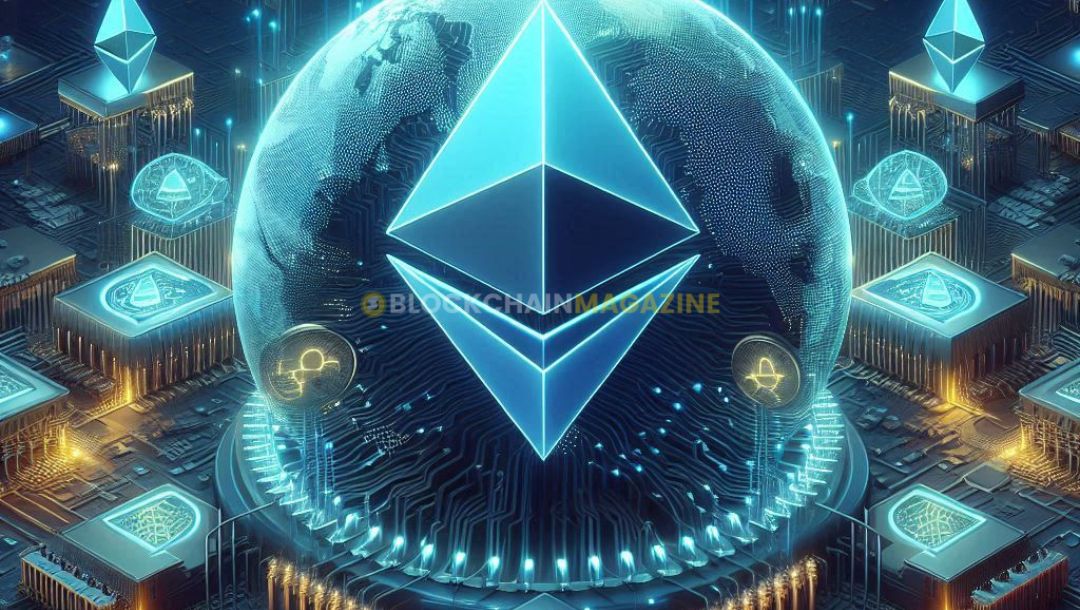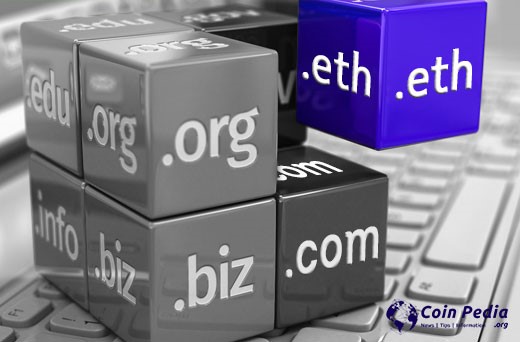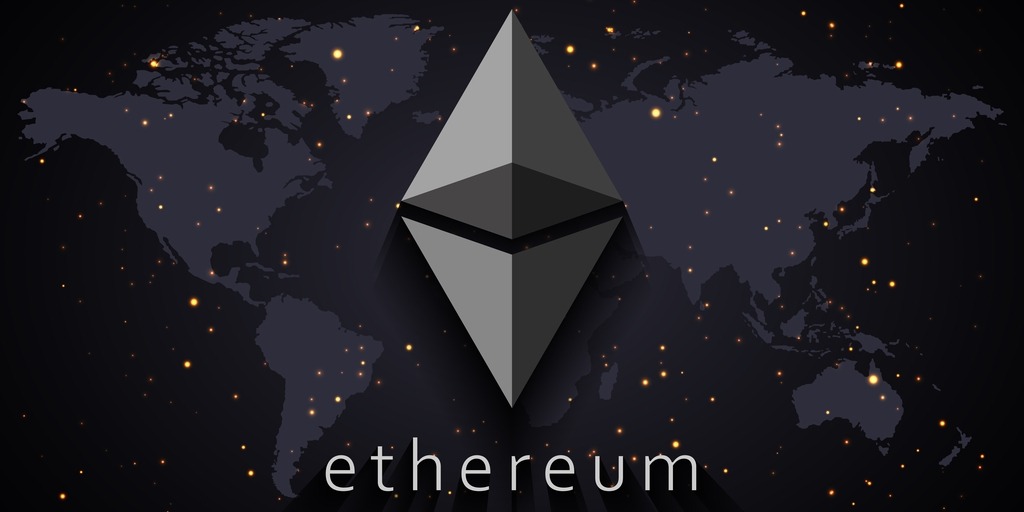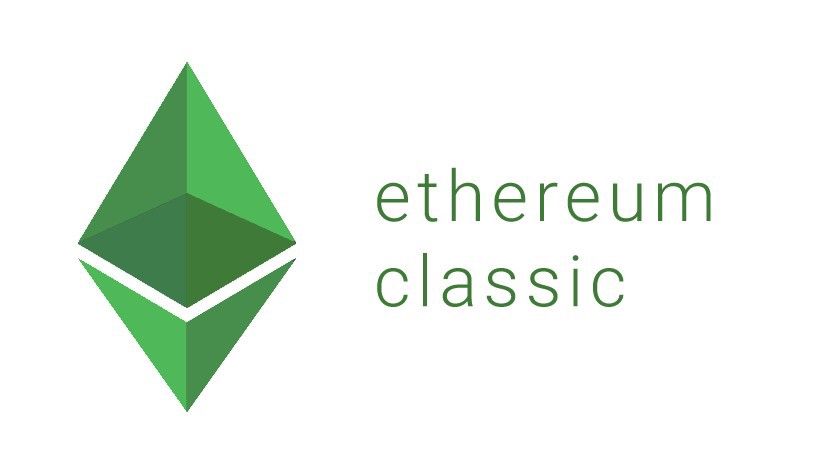Amazing Ethereum Virtual Machine (EVM) and Cross-Chain Compatibility in 2024
In 2024, understanding the Ethereum Virtual Machine (EVM) and its role in cross-chain compatibility is crucial for anyone interested in blockchain technology. The EVM serves as the backbone for many decentralized applications, enabling developers to create and deploy smart contracts on the Ethereum network. As blockchain technology evolves, the importance of cross-chain interoperability becomes increasingly evident, allowing different blockchain networks to communicate and share resources effectively. This article explores the EVM, its comparisons with other virtual machines, and the future of cross-chain compatibility.
Key Takeaways
- The Ethereum Virtual Machine (EVM) is essential for running smart contracts on the Ethereum blockchain.
- EVM-compatible blockchains allow developers to easily transfer their applications from Ethereum to other networks.
- Cross-chain compatibility enhances the blockchain ecosystem by enabling different networks to communicate and share resources.
- Protocols like Layerzero and Wormhole are leading the way in cross-chain interoperability.
- The future of blockchain technology will heavily rely on seamless communication between various blockchain networks.
Understanding the Ethereum Virtual Machine (EVM)
What is the EVM?
The Ethereum Virtual Machine (EVM) is like a computer that runs on the Ethereum blockchain. It helps execute smart contracts and decentralized applications (dApps). The EVM allows these programs to run on many computers at once, making them secure and reliable. This means that once a smart contract is created, it will work exactly as planned without anyone being able to change it.
Key Features of the EVM
The EVM has several important features that make it unique:
- Decentralization: No single person controls it, which means it’s fairer.
- Smart Contracts: These are self-executing contracts with the terms written in code.
- Cross-Chain Compatibility: Other blockchains can use the EVM, allowing for more innovation.
| Feature | Description |
|---|---|
| Decentralization | No central authority controls the EVM. |
| Smart Contracts | Code that automatically executes agreements. |
| Cross-Chain Compatibility | Ability to work with other blockchains. |
EVM’s Role in Blockchain Development
The EVM is crucial for developers because it provides a platform to create and run applications. It allows for:
- Easy Deployment: Developers can launch their applications without needing to build everything from scratch.
- Security: The EVM protects against malicious attacks by isolating smart contracts.
- Innovation: New ideas can be tested quickly, leading to advancements in technology.
The EVM is a key player in the blockchain world, enabling developers to create applications that can change industries.
In summary, the Ethereum Virtual Machine is a powerful tool that supports the growth of blockchain technology and helps developers create innovative solutions. However, it’s important to recognize that blockchain has limitations, such as challenges in governance and accountability, which can complicate the management of digital assets.
EVM vs Other Virtual Machines
The Ethereum Virtual Machine (EVM) is a leader in the blockchain world, but it’s important to see how it stacks up against other virtual machines:
Bitcoin’s Script
- Limited Functionality: It only supports basic operations.
- Non-Turing Complete: This means it can’t create complex smart contracts.
Solana’s Sealevel
- Parallel Processing: It allows multiple transactions to happen at the same time.
- Different Programming Model: Contracts are written in languages like Rust, C, or C++.
WebAssembly (WASM) Virtual Machines
- Flexibility: Developers can use various languages to write contracts.
- High Performance: Designed to be very efficient.
- Adoption: Used by platforms like Polkadot, EOS, and NEAR.
EVM’s Strengths and Limitations
- Strengths:
- Widespread adoption across many platforms.
- A strong ecosystem of tools and developers.
- Limitations:
- Issues with scalability.
- High gas costs can be a barrier.
Understanding how the EVM compares to other virtual machines helps developers and businesses choose the right blockchain platform for their needs.
In summary, while the EVM is a powerful tool, each virtual machine has its own unique features and challenges. For instance, stripchain has raised $10 million to improve blockchain usability, showcasing the ongoing innovation in this space.
By knowing these differences, developers can make better choices for their projects.
Ethereum Virtual Machine Compatibility and Cross-Chain Development
What is EVM Compatibility?
Ethereum Virtual Machine compatibility means that other blockchains can run smart contracts and applications that were originally made for Ethereum. This is important because it allows developers to easily move their projects to different networks without starting from scratch. This compatibility opens up new possibilities for developers.
Popular EVM-Compatible Blockchains
Here are some well-known blockchains that are EVM-compatible:
- BNB Smart Chain (BSC): Known for faster transactions and lower fees.
- Polygon: Offers high throughput and reduced costs.
- Avalanche: Focuses on scalability.
Benefits of EVM Compatibility
EVM compatibility brings several advantages:
- Cross-Chain Development: Developers can deploy Ethereum-based applications on EVM-compatible chains with minimal changes.
- Interoperability: These blockchains can interact more easily with Ethereum, allowing for smoother asset transfers.
- Access to a Larger Ecosystem: They can tap into Ethereum’s vast developer community and tools, speeding up their growth.
Challenges in Achieving Compatibility
Despite the benefits, there are challenges:
- Adoption Issues: Gaining widespread use can be tough, especially when Ethereum has a strong network effect.
- Ecosystem Limitations: Non-EVM networks may lack the same level of development and support.
- Learning Curve: Developers may find it hard to switch to non-EVM networks due to different programming languages and tools.
EVM-compatible blockchains are essential for the growth of the blockchain ecosystem. They help bridge gaps and promote broader adoption of Ethereum technologies, making it easier for users to engage with the platform.
In summary, Ethereum Virtual Machine compatibility is a key factor in cross-chain development, allowing for innovation and collaboration across different blockchain platforms. It enhances the overall flexibility of the blockchain ecosystem, paving the way for future advancements.
Cross-Chain Interoperability Protocols
Cross-chain interoperability protocols are essential for allowing different blockchain networks to work together smoothly. These protocols help in sharing data and assets across various platforms, making the blockchain ecosystem more connected and efficient. They are crucial for the future of decentralized applications.
Layerzero
Layerzero is a modern protocol that enables quick and secure asset transfers between different blockchains. It uses advanced technology to ensure that transactions are fast and reliable. Here are some key points about Layerzero:
- Focuses on seamless asset transfers
- Enhances scalability and usability
- Encourages decentralized governance
Wormhole
Wormhole is another important protocol that allows for the transfer of assets and data between blockchains like Ethereum and Solana. It is designed to facilitate smooth interactions between different networks, making it easier for users to exchange assets.
Chainlink
Chainlink is well-known for its ability to connect smart contracts with real-world data. It plays a significant role in cross-chain interoperability by allowing different blockchains to access external data sources. This capability enhances the functionality of decentralized applications.
Cross-chain interoperability protocols are paving the way for a more integrated and efficient blockchain ecosystem. As these technologies evolve, they will unlock new possibilities for developers and users alike.
In summary, these protocols are transforming how blockchain networks interact, making it easier for users to exchange assets and data across different platforms. As we move forward, the importance of these protocols will only grow, leading to a more interconnected digital economy.
Case Studies: Successful Cross-Chain Implementations
Cross-chain compatibility is changing the way blockchains interact. Here are some notable examples:
Ethereum and ERC-20 Tokens
Ethereum has been a leader in cross-chain compatibility through its ERC-20 tokens. These tokens follow a standard that allows them to work across various Ethereum-based platforms. This standardization helps developers create applications that can easily connect with each other.
Polkadot and Interoperability
Polkadot takes interoperability to a new level. It allows different blockchains to communicate while keeping their unique features. This is done through a central relay chain that connects various blockchains, known as “parachains.” This setup enables the transfer of data and value, creating a more connected ecosystem.
Cosmos and Inter-Blockchain Communication Protocol
Cosmos introduces the Inter-Blockchain Communication Protocol (IBC), which allows different blockchains to share data and tokens easily. This capability breaks down barriers between isolated blockchains, leading to a more unified network.
Future Trends in Cross-Chain Compatibility
As we look ahead, cross-chain compatibility is expected to shape the future of blockchain technology. Here are some trends to watch:
- Increased liquidity across different blockchains.
- Faster transaction times and lower costs.
- Expansion of use cases for blockchain technology.
Cross-chain compatibility acts as a bridge, connecting isolated blockchain networks and enabling them to thrive together.
These case studies show how cross-chain compatibility is not just a concept but a reality that is transforming the blockchain landscape.
The Future of Ethereum Virtual Machine and Cross-Chain Compatibility
Emerging Technologies
The future of the Ethereum Virtual Machine (EVM) and cross-chain compatibility is bright, with several emerging technologies on the horizon. These advancements are expected to enhance the functionality and efficiency of blockchain networks. Key technologies to watch include:
- Layer 2 Solutions: These aim to improve transaction speeds and reduce costs.
- Interoperability Protocols: Tools that allow different blockchains to communicate more effectively.
- Decentralized Finance (DeFi): Innovations in DeFi are pushing the boundaries of cross-chain capabilities.
Potential Challenges
Despite the promising future, there are challenges that need to be addressed:
- Scalability Issues: As more users join, maintaining speed and efficiency is crucial.
- Security Risks: Cross-chain transactions can expose networks to new vulnerabilities.
- Regulatory Hurdles: Different jurisdictions may impose varying regulations that complicate cross-chain operations.
Predictions for 2024
Looking ahead to 2024, we can expect:
- Increased Adoption: More projects will embrace EVM compatibility, leading to a richer ecosystem.
- Enhanced User Experience: Tools and platforms will become more user-friendly, making blockchain technology accessible to everyone.
- Greater Collaboration: Partnerships between different blockchain networks will foster innovation and growth.
The evolution of the EVM and cross-chain compatibility will redefine how we interact with blockchain technology, making it more integrated and user-friendly.
In summary, the future of the EVM and cross-chain compatibility is filled with potential, but it will require careful navigation of challenges to fully realize its benefits. EVM-compatible blockchains will play a crucial role in this journey, enabling a more interconnected blockchain ecosystem.
Conclusion
In summary, Ethereum Virtual Machine-compatible blockchains are crucial for the growth of blockchain technology. They provide a common ground for creating smart contracts and allow different networks to work together more easily. As we look ahead, the need for these connections will only increase. By using tools like Rubic’s cross-chain solutions, developers can create applications that fully utilize the amazing potential of blockchain technology.
Frequently Asked Questions
What is the Ethereum Virtual Machine (EVM)?
The Ethereum Virtual Machine (EVM) is a software environment that runs on the Ethereum blockchain. It allows developers to create and execute smart contracts and decentralized applications (dApps).
How does the EVM compare to other virtual machines?
The EVM is unique because it supports complex smart contracts, while others like Bitcoin’s Script are more limited. Solana’s Sealevel allows for faster transactions, and WASM offers flexibility in programming languages.
What does EVM compatibility mean?
EVM compatibility means that other blockchains can run applications designed for Ethereum. This makes it easier for developers to move their projects to different platforms without major changes.
What are some popular Ethereum Virtual Machine-compatible blockchains?
Some well-known EVM-compatible blockchains include Binance Smart Chain, Polygon, and Avalanche. They provide faster transactions and lower fees compared to Ethereum.
What are cross-chain interoperability protocols?
Cross-chain interoperability protocols are tools that help different blockchain networks communicate and share information. Examples include Layerzero, Wormhole, and THORChain.
Why is cross-chain compatibility important for the future?
Cross-chain compatibility is crucial because it allows different blockchain networks to work together. This creates new opportunities for applications and enhances the overall blockchain ecosystem.
Stay informed with daily updates from Blockchain Magazine on Google News. Click here to follow us and mark as favorite: [Blockchain Magazine on Google News].
Get Blockchain Insights In Inbox
Stay ahead of the curve with expert analysis and market updates.
latest from tech
Disclaimer: Any post shared by a third-party agency are sponsored and Blockchain Magazine has no views on any such posts. The views and opinions expressed in this post are those of the clients and do not necessarily reflect the official policy or position of Blockchain Magazine. The information provided in this post is for informational purposes only and should not be considered as financial, investment, or professional advice. Blockchain Magazine does not endorse or promote any specific products, services, or companies mentioned in this posts. Readers are encouraged to conduct their own research and consult with a qualified professional before making any financial decisions. The featured image used is just a creative depiction of the title and it does not intend to hurt sentiments of any person or institution. If it hurts anyone sentiments, please do not hesitate to reach out to Blockchain Magazine.

 Bitcoin
Bitcoin  Ethereum
Ethereum  XRP
XRP  Tether
Tether  Solana
Solana  USDC
USDC  Dogecoin
Dogecoin  Cardano
Cardano  Lido Staked Ether
Lido Staked Ether  TRON
TRON  Wrapped Bitcoin
Wrapped Bitcoin  Wrapped stETH
Wrapped stETH  Chainlink
Chainlink  Avalanche
Avalanche  Sui
Sui  Stellar
Stellar  Litecoin
Litecoin  Toncoin
Toncoin  Shiba Inu
Shiba Inu  Hedera
Hedera  LEO Token
LEO Token  MANTRA
MANTRA  USDS
USDS  Hyperliquid
Hyperliquid  WETH
WETH  Polkadot
Polkadot  Bitcoin Cash
Bitcoin Cash  Bitget Token
Bitget Token  Ethena USDe
Ethena USDe  Wrapped eETH
Wrapped eETH  Uniswap
Uniswap  Monero
Monero  NEAR Protocol
NEAR Protocol  Pepe
Pepe  WhiteBIT Coin
WhiteBIT Coin  Aave
Aave  Bittensor
Bittensor  Ondo
Ondo  Aptos
Aptos  Internet Computer
Internet Computer  Dai
Dai  Official Trump
Official Trump  Ethereum Classic
Ethereum Classic  Mantle
Mantle  Tokenize Xchange
Tokenize Xchange  OKB
OKB  Gate
Gate  sUSDS
sUSDS  Coinbase Wrapped BTC
Coinbase Wrapped BTC 




